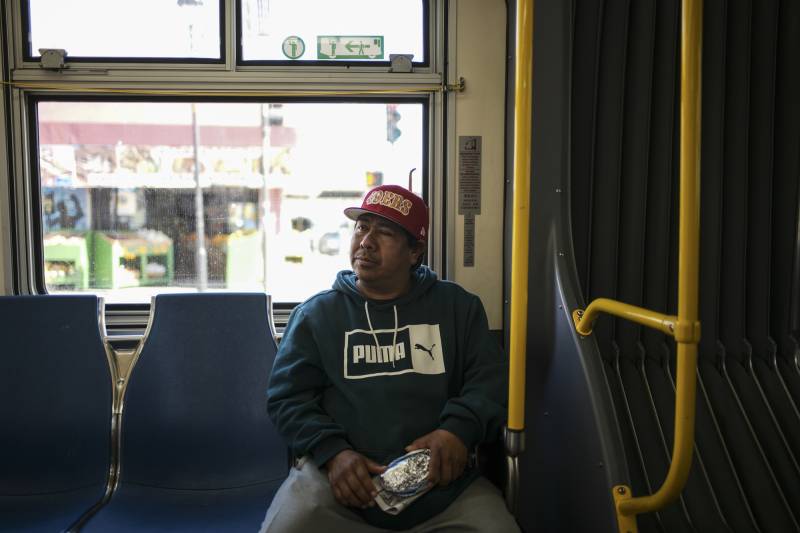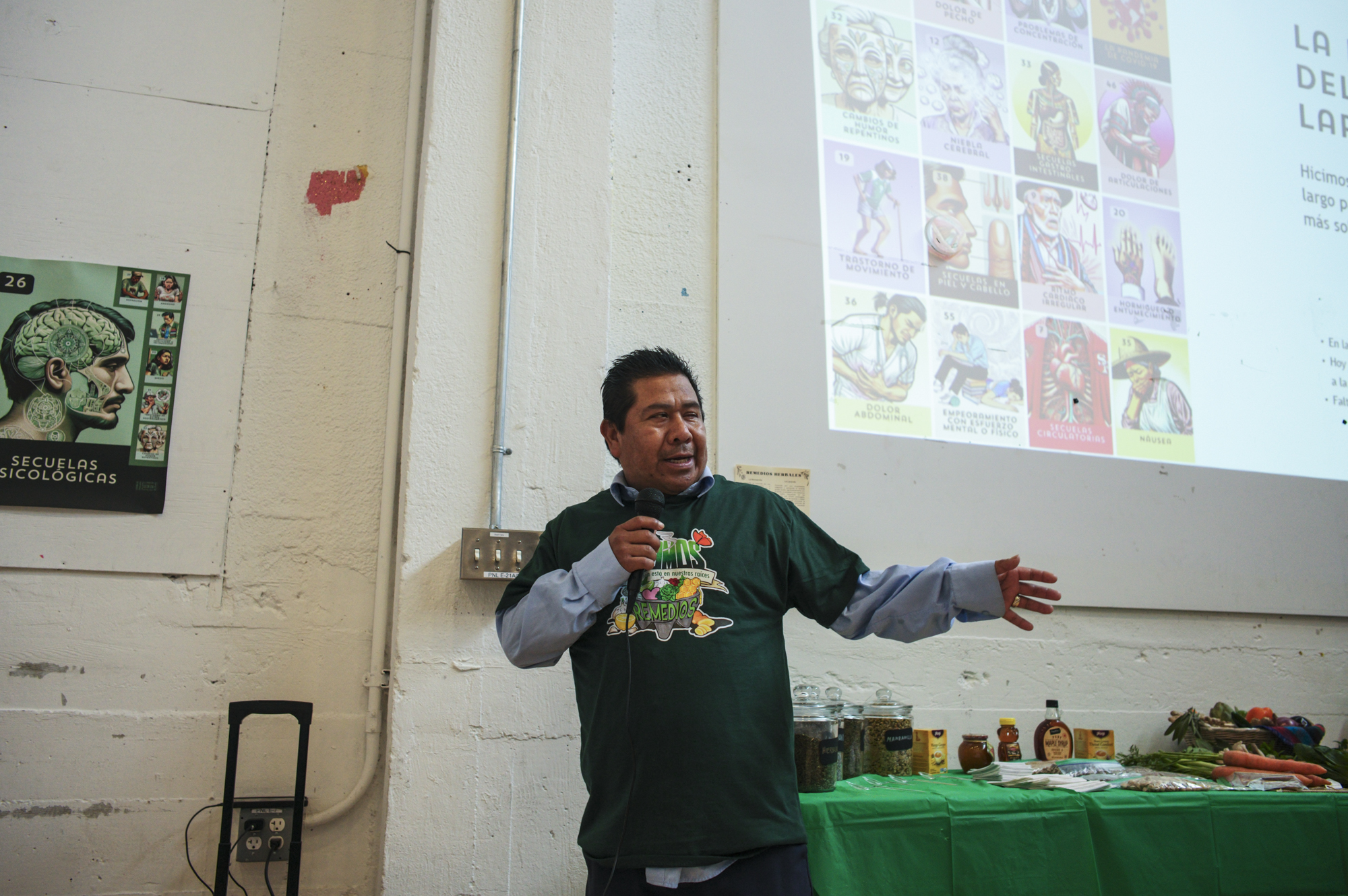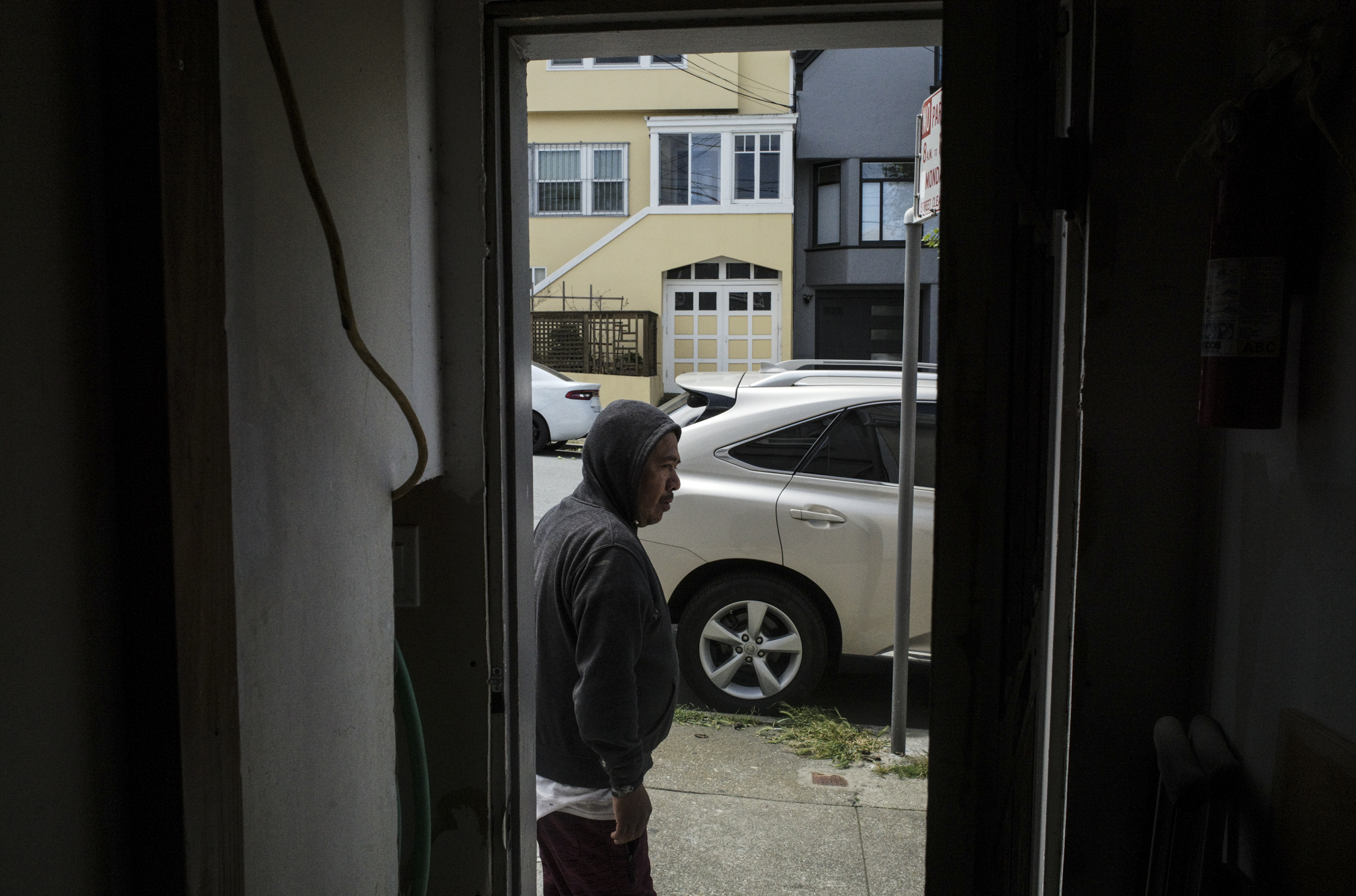This story was produced by El Tecolote, a bilingual publication that documents and amplifies the voices of San Francisco’s Latinx communities.
Osbaldo Varilla-Aguilar rarely worried about his health. As a construction worker, he had enough gigs to earn more than $500 a week under the table, allowing him to rent a studio for $600 a month with two other Latinx construction workers in San Francisco’s Mission District. Despite working nearly full-time, he was barely able to make ends meet. So, when the pandemic hit, Varilla-Aguilar continued working. He got critically sick in December 2020. To this day, Varilla-Aguilar still wonders whether he got COVID-19 on the job or at the grocery store.
Either way, it landed him in a coma — for more than three months.
“It was such a difficult time,” said his sister, Araceli Aguilar-Perez. “To see him like that, it affected me a lot,” Aguilar-Perez said the doctors recommended disconnecting Varilla-Aguilar from the ventilator after two months. The family refused. Hoping for a miracle, Aguilar-Perez talked to her unconscious brother through a hospital monitor via Zoom calls every week. Then, in March 2021, Varilla-Aguilar woke up. “When I opened my eyes, it felt like a few days [had passed],” Varilla-Aguilar said. “But they told me it had been three months … It was a shock.”
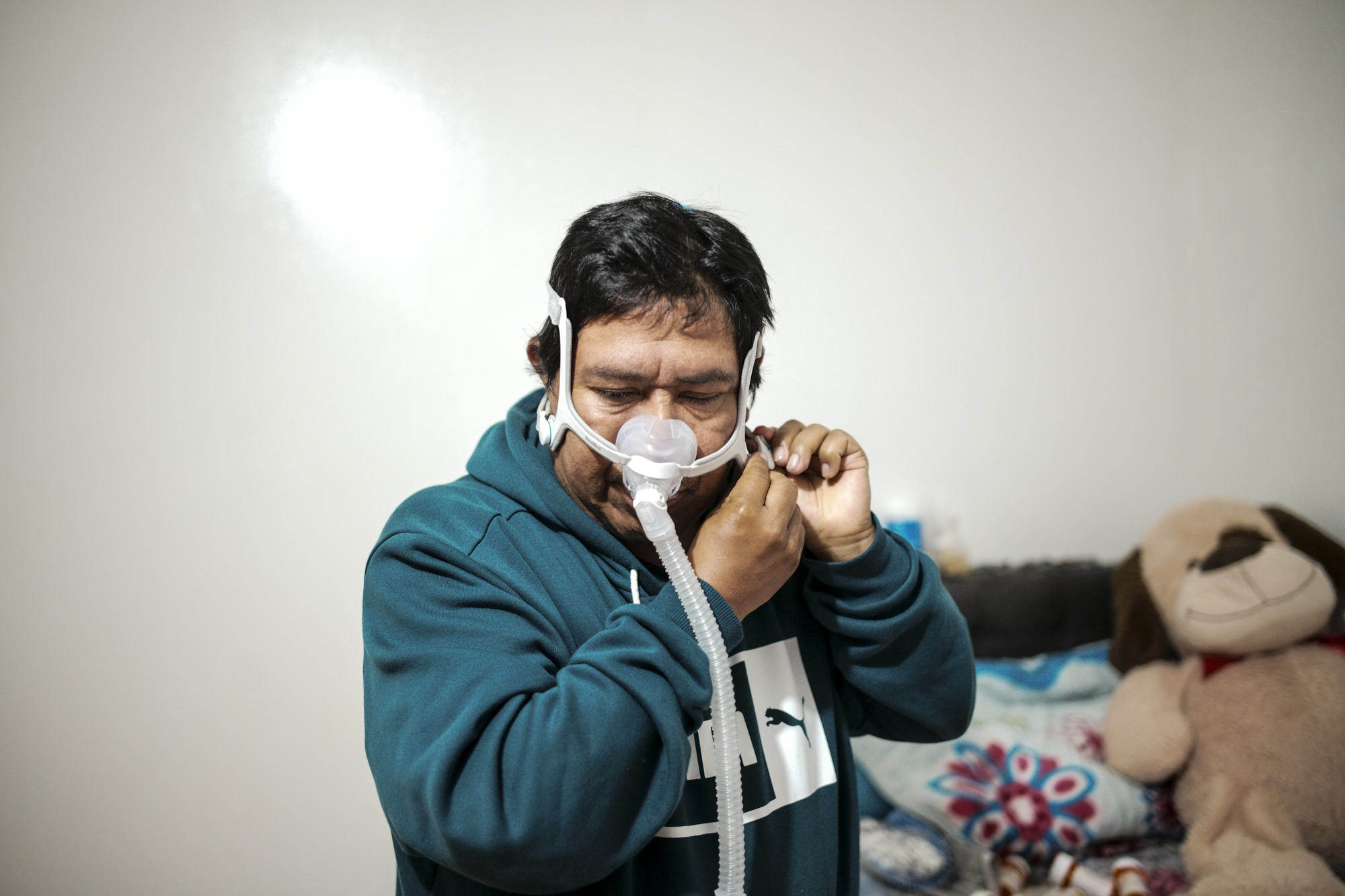
Today, more than three years after he was discharged from the hospital, Varilla-Aguilar still depends on the oxygen respirator next to his bed. He has since moved out from his shared Mission District studio and lives in Sunnydale in a shared home with other Latinx workers.
He and his housemates are among the community that COVID-19 hit the hardest in San Francisco: immigrants, especially those working unprotected essential jobs. As the devastating impact of COVID-19 in Latinx communities in the Mission District and Bayview is increasingly documented, the lingering, and sometimes extreme, symptoms of infection are much less understood.
Weeks after being discharged from the hospital, Varilla-Aguilar noticed his vision was going blurry while waiting at a bus stop. Within four hours, his left eye went permanently blind.
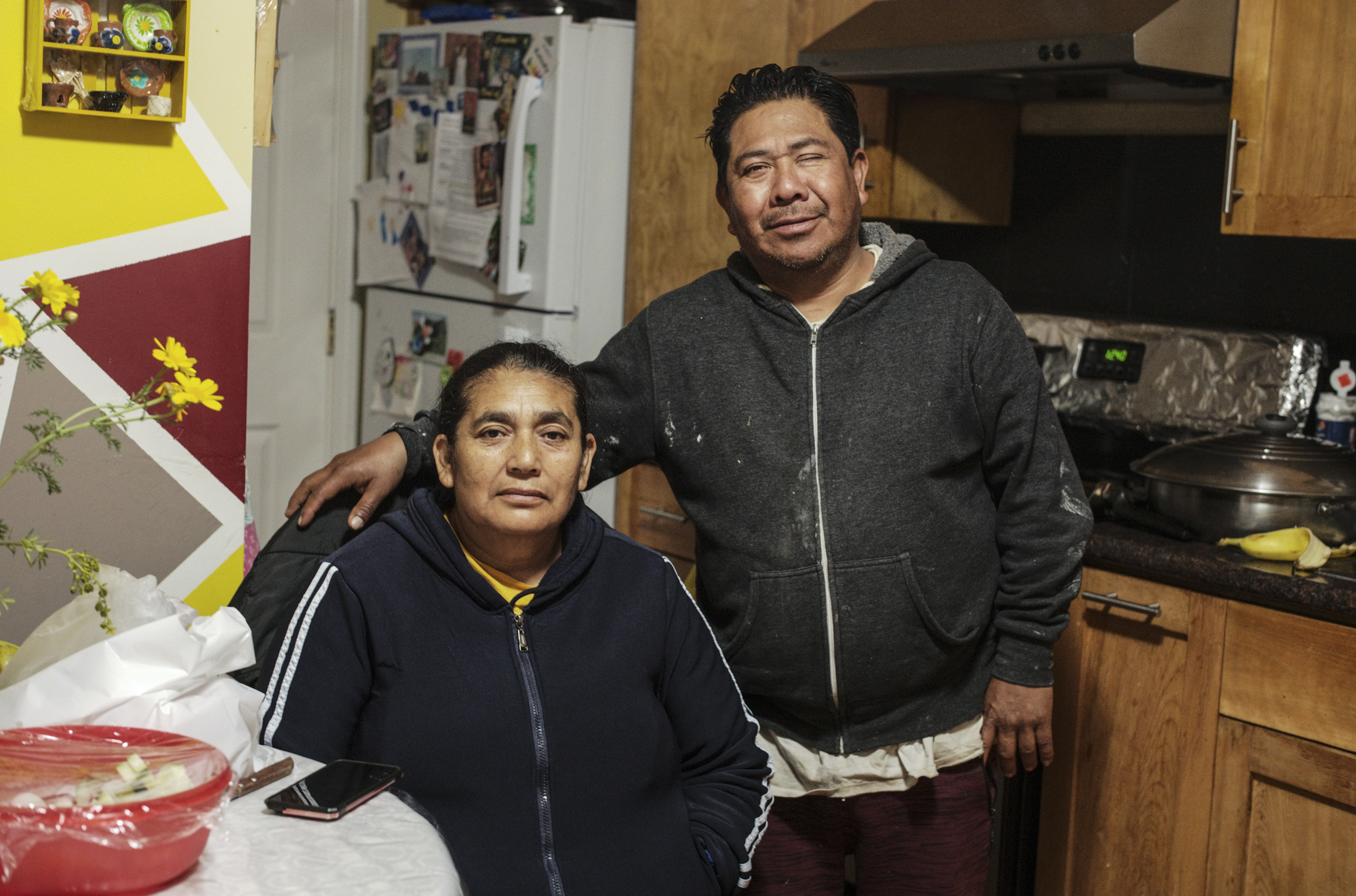
“[COVID] can cause many things, one of them being thrombosis,” said Dr. Hector Bonilla, a clinical infectious disease expert and associate professor at Stanford University. According to medical research, critically ill COVID-19 patients like Varilla-Aguilar are especially at risk for severe health outcomes like thrombosis or blood clots. “It can happen any place [in the body],” Bonilla said. “Maybe this can explain what happened in the eye.”
Combined with his deteriorated eyesight, Varilla-Aguilar also endures fatigue, brain fog and depression, which are among the more common symptoms cited by people who experience long COVID. He said he also never fully recovered the strength he lost during his monthslong coma despite a year in physical therapy.
